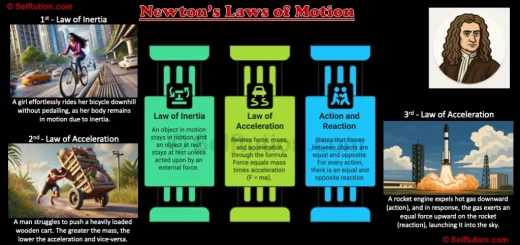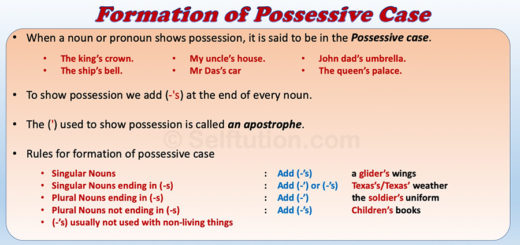Static Friction: The Force That Keeps Things Still
Have you ever tried to push a heavy object and felt like it was stuck in place? That’s because of static friction!
Static friction is like an invisible force that keeps objects from moving when we apply force to them.
In this blog, we’ll dive into the world of static friction, exploring what it is, how it works, and even some mathematical understanding behind it, all explained in simple terms that kids can understand.
What is Static Friction?
It is a force that exists between two surfaces that are not moving relative to each other.
It’s what keeps objects still when we try to push, pull, or slide them, but don’t succeed in moving them. Imagine trying to push a heavy box across the floor, and it doesn’t budge – that’s static friction at work!
How Does Static Friction Work?
Friction arises because of the microscopic bumps and imperfections on the surfaces of two objects. When you try to move one object against another, these bumps interlock with each other, creating resistance to motion. Friction prevents the objects from sliding past each other and keeps them in place. Click here to learn more about the cause of friction.
Mathematical Understanding:

Mathematical formula for Static Friction
Examples of Static Friction:
- Pushing a Heavy Box: Imagine trying to push a heavy box across the floor. At first, the box remains still because of the friction between the box and the floor. You must exert more force to overcome the friction and move the box.
- Opening a Jar: When you try to open a tightly closed jar, friction between the lid and the jar’s rim prevents it from twisting open easily. You might need to tap the lid or use a bit more force to break the friction and loosen the lid.
- Launching a Rocket: Before a rocket blasts off into space, it stays still on the launch pad because of friction between the rocket and the ground. Once the engines ignite and overcome the friction, the rocket can lift off and soar into the sky.
Why is Static Friction Important?
It is crucial for keeping objects stable and preventing them from moving unexpectedly. It allows us to walk without slipping, hold objects securely, and perform various tasks without things sliding around uncontrollably.
Conclusion:
Static friction may seem like a small force, but it plays a significant role in our daily lives. From keeping books on shelves to launching rockets into space, this friction keeps things still when we need them to be. By understanding the scientific principles and mathematical formulas behind this friction, kids can better appreciate the invisible forces at play in their world. So, the next time you encounter something stuck in place, remember the superhero force of static friction keeping things steady!
You may also like…... Types of Chemical Reactions in Chemistry









